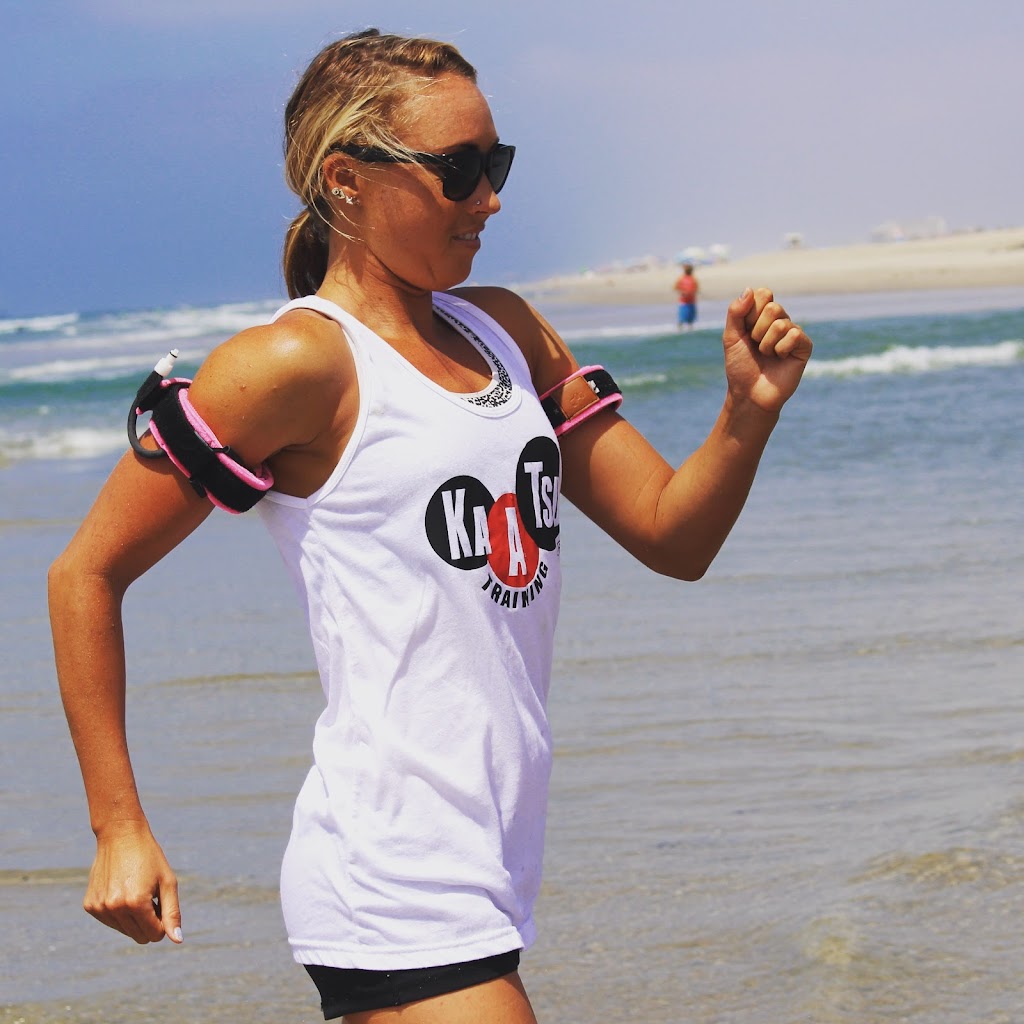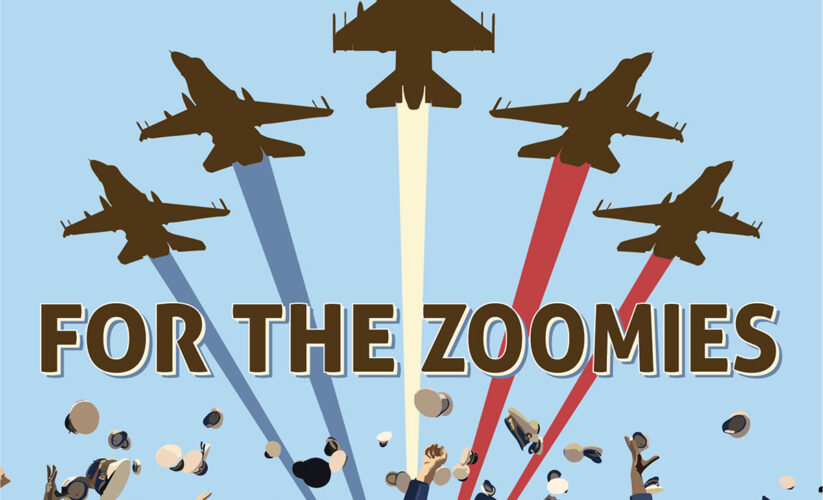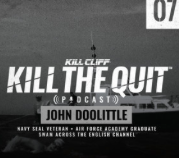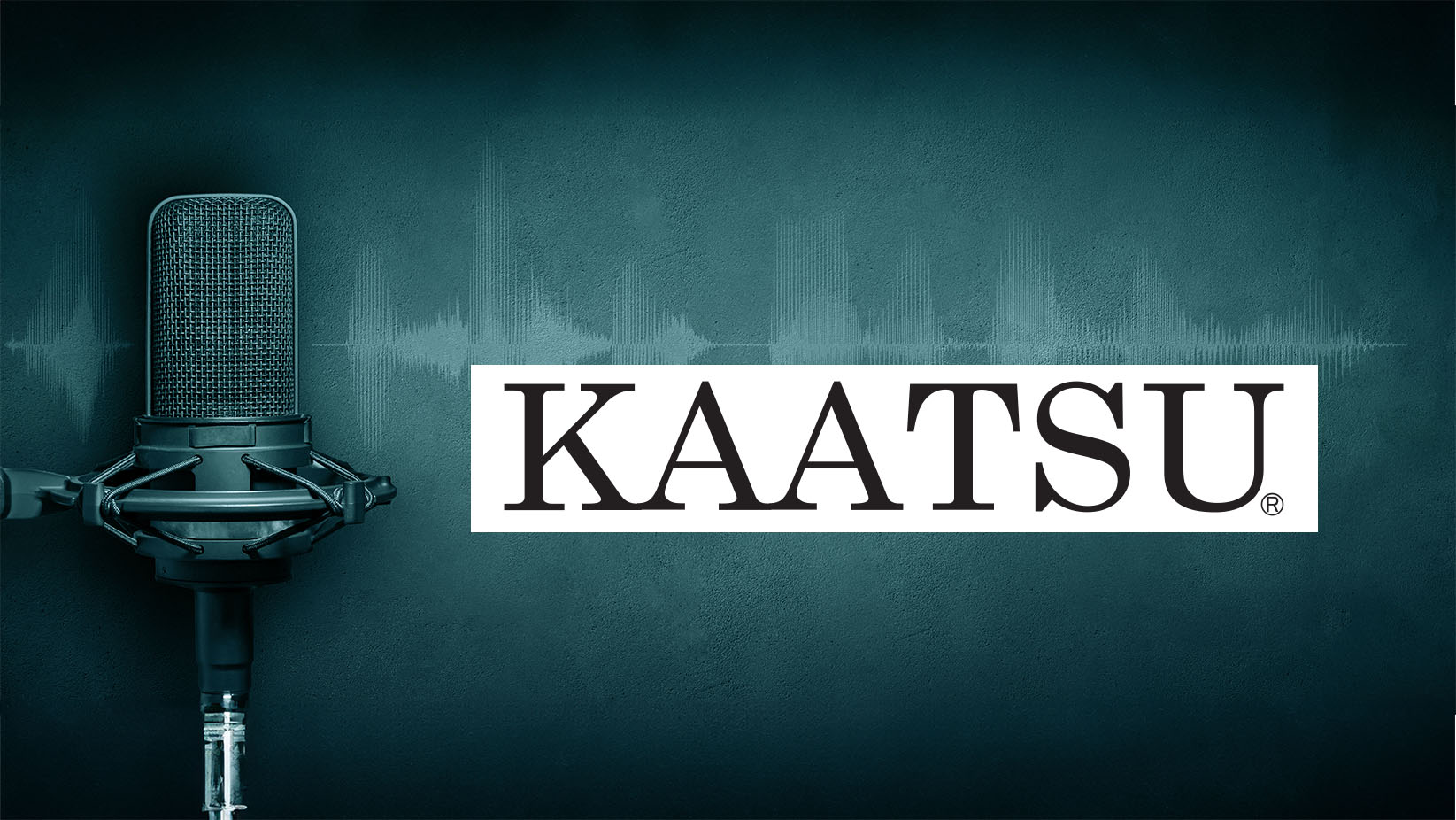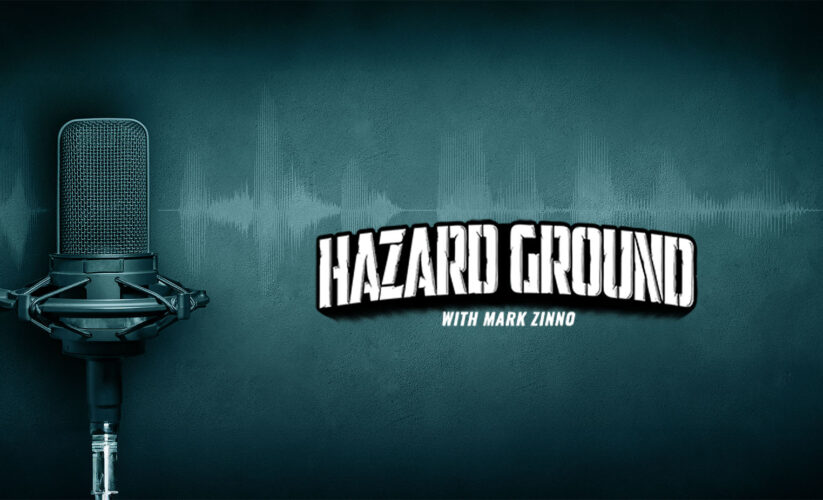
John’s conversation with Mark Zinno on Hazard Ground Podcast
Episode Description
After an inter-service transfer and cross-commissioning from the U.S. Air Force to the U.S. Navy in 1992, John Doolittle transferred into the Navy. From 1996 to 2017, John was assigned to various SEAL Teams and conducted multiple deployments throughout the European, African, Pacific, and Middle East theaters of operations. Most of his Navy career was focused on our military’s reaction to 9/11; a busy time for John and his family. John’s last duty station in the Navy was at U.S. Special Operations Command (USSOCOM), where he led the Preservation of the Force and Family (POTFF) program supporting the 73,000 personnel making up the USSOCOM enterprise. After 25 years in the Navy, he retired from the SEAL Teams, and started speaking to organizations and teams about the importance of resilience, leadership, and trust.
Check out and order a KAATSU support system and keep in the fight.

